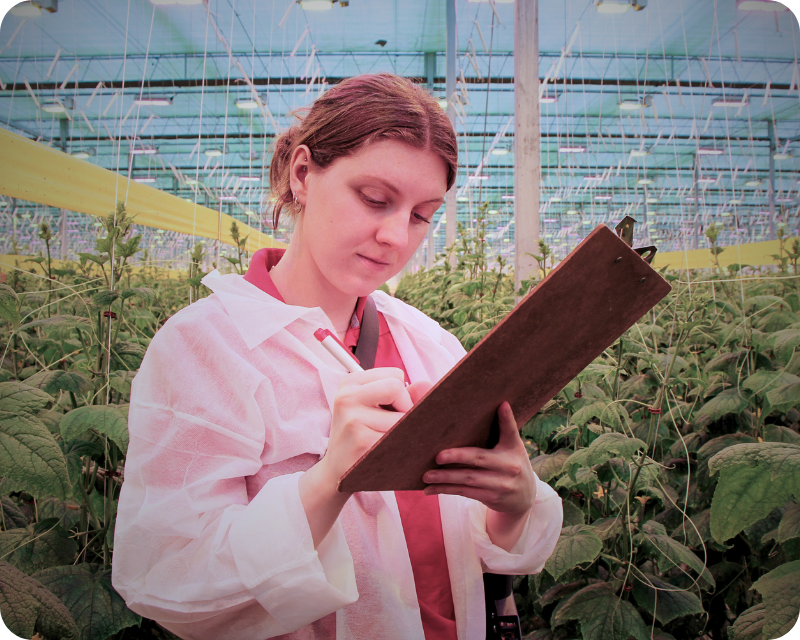Quality Products
Fast Delivery
Premium Service

 Monitor potential changes in the environment, like water quality.
Monitor potential changes in the environment, like water quality.
 Detect deficiencies and diseases early.
Detect deficiencies and diseases early.
 Monitor nutrient uptake—are right fertilizers being applied and utilized efficiently by the plant?
Monitor nutrient uptake—are right fertilizers being applied and utilized efficiently by the plant?
 Identify what nutrients are missing or deficient.
Identify what nutrients are missing or deficient.
 Make in-season corrective applications if required.
Make in-season corrective applications if required.
A key aspect to analysis is to ensure that the sample is done correctly. The sample must be representative of the field, plant, or management zone. In some instances, conducting two different sampling techniques (e.g., soil and plant tissue) will give better overall perspective and enable a more comprehensive fertility management plan.
Our Specialists are trained on proper testing protocols. We can assist with the following:

Benefits:
 Identifies soil nutrients (deficiency or surplus).
Identifies soil nutrients (deficiency or surplus).
 Determines soil pH (potential need for lime).
Determines soil pH (potential need for lime).
 With targeted sampling, problem areas can be identified and corrected.
With targeted sampling, problem areas can be identified and corrected.
 A decision tool for nutrient management planning.
A decision tool for nutrient management planning.
 Help determine the appropriate fertilizer(s) and optimal application rates.
Help determine the appropriate fertilizer(s) and optimal application rates.
Benefits:
 Monitor nutrient efficiency and uptake.
Monitor nutrient efficiency and uptake.
 Indicate nutrient deficiency/toxicity prior to symptoms showing.
Indicate nutrient deficiency/toxicity prior to symptoms showing.
 Diagnose/confirm visual symptoms of nutrient deficiency/toxicity.
Diagnose/confirm visual symptoms of nutrient deficiency/toxicity.
 Sap analysis shows current plant nutrient uptake and can ID fertility issues before they manifest as problems in your crop.
Sap analysis shows current plant nutrient uptake and can ID fertility issues before they manifest as problems in your crop.
![]()
Benefits:
 Determines the identity of pathogens impacting the quality of a crop.
Determines the identity of pathogens impacting the quality of a crop.
 Use results to develop targeted management.
Use results to develop targeted management.
Types: